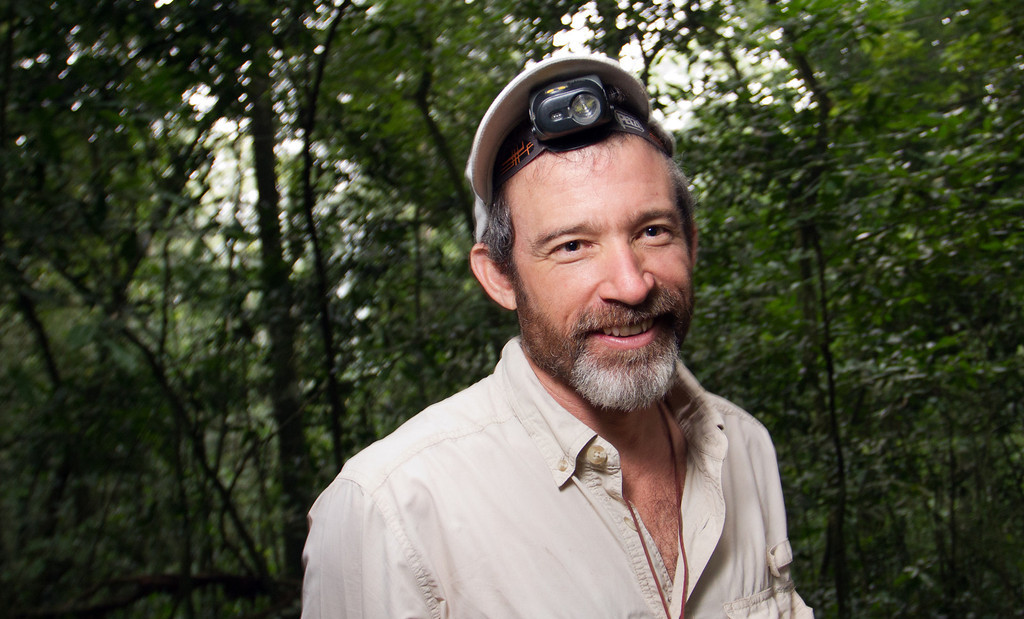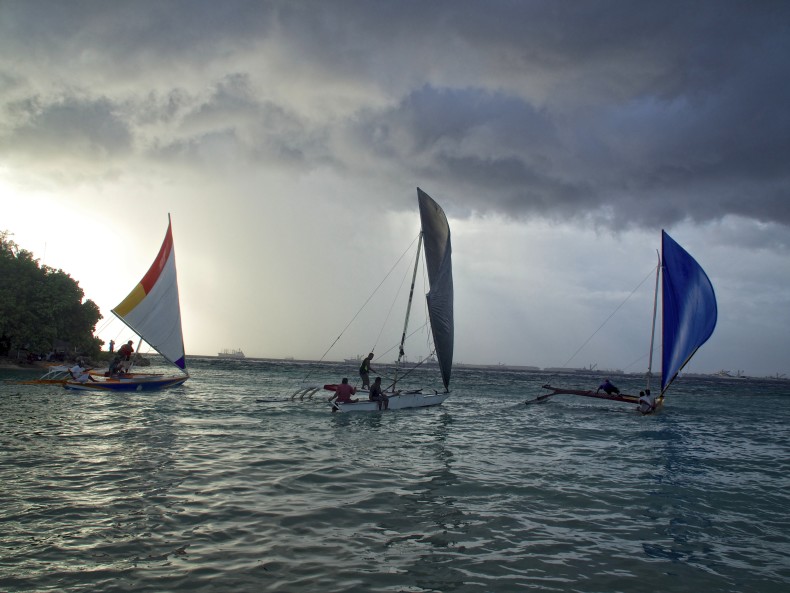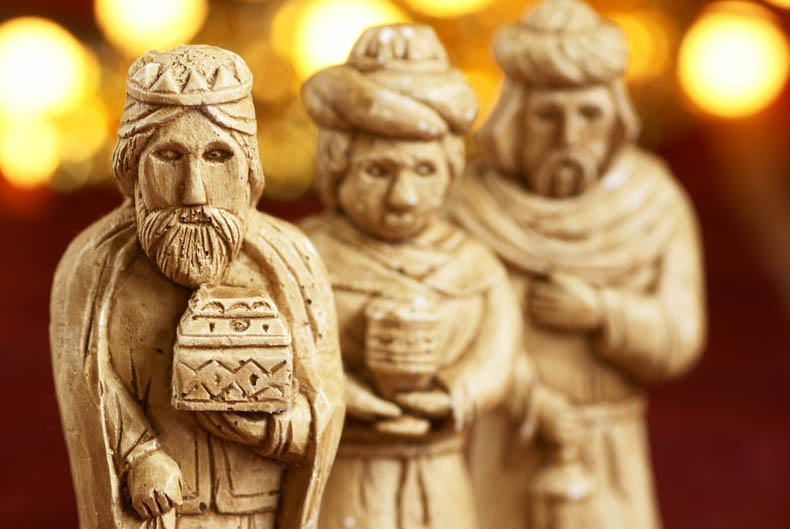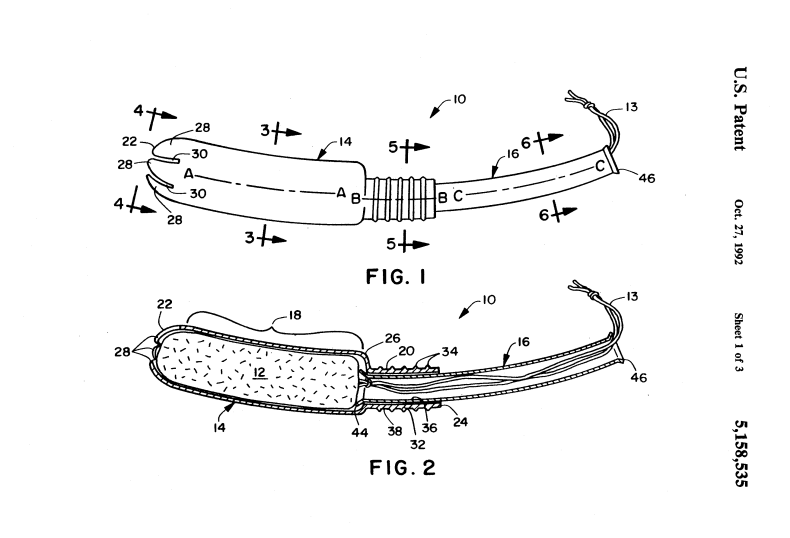
I recently wrote a story for Racked about how some of the period underwear on the market work — the kind that either help keep your pad in place, or help replace tampons by wicking and absorbing blood. And because I always like to know about the evolution of various technologies, one of the first things I did in my research was go to the U.S. Patent Office website to see what kinds of patents already existed for these sorts of things.
It turned out that there were a whole lot of patents for menstrual underwear like this. I’ll quote myself here:
The specific materials that Dear Kate and THINX use are new, but idea of specially designed period underwear goes back nearly 40 years. In 1967, a patent for a “protective petticoat” was issued to a woman named Gladys Ruppel Williams. The undergarment was a half-slip, “constructed with a moisture-proof material” to protect the outer clothing from being stained. In 1988, a Chinese company was issued a patent for “woman menstruation underpants” that included two layers of cloth sewn into the crotch of the panties, each lined with a “non-toxic, flexible plastic film.” In 1995 another Chinese company patented a “clean-keeping women undergarment,” which included a leakproof liner.
Yep, “clean-keeping women undergarment.” But these are just a few of the patents for menstruation related items that I found when I started looking. So I want to share some more of them with you. This time with pictures. Because they’re great. Continue reading
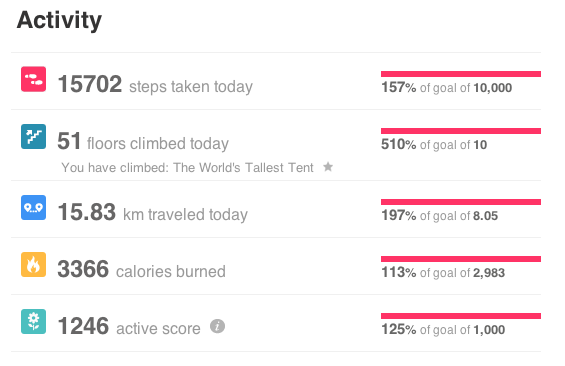
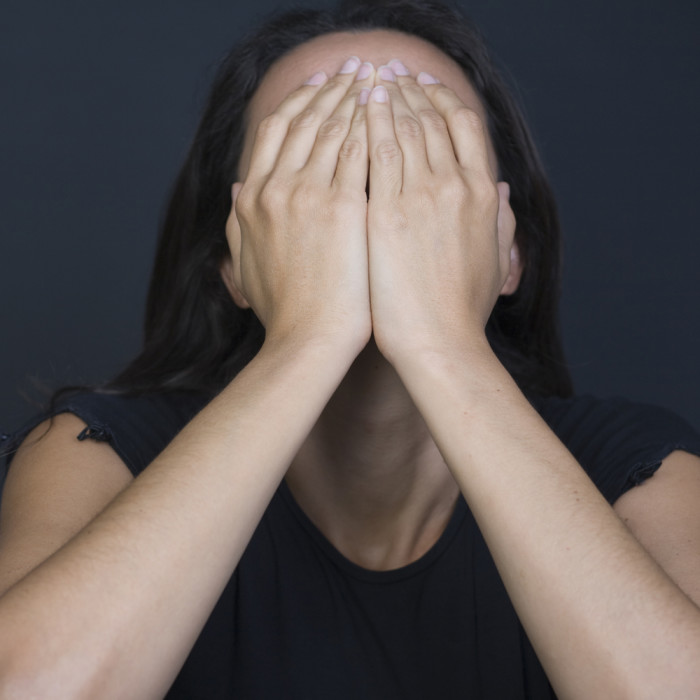
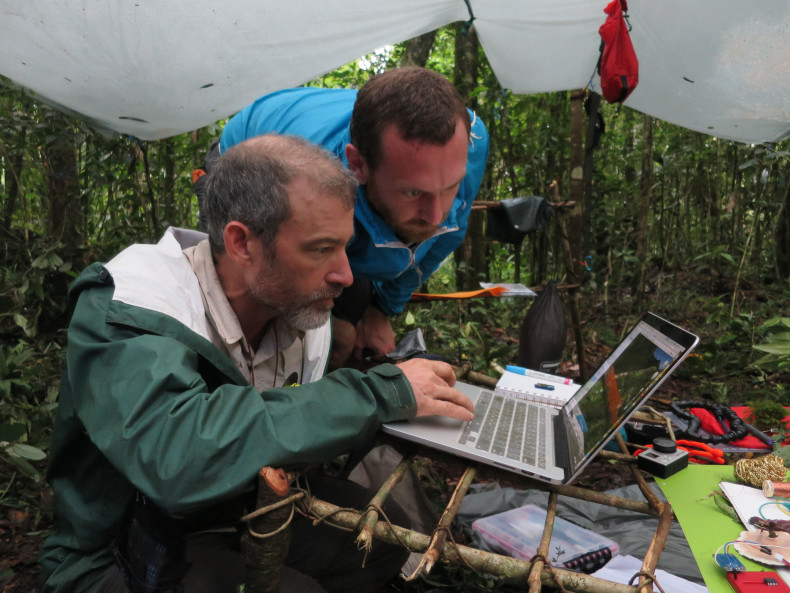
 Two years ago this winter, I was trying to figure out why the high tide seems to usually fall on winter mornings where I live, and the low tide on winter evenings. I
Two years ago this winter, I was trying to figure out why the high tide seems to usually fall on winter mornings where I live, and the low tide on winter evenings. I 